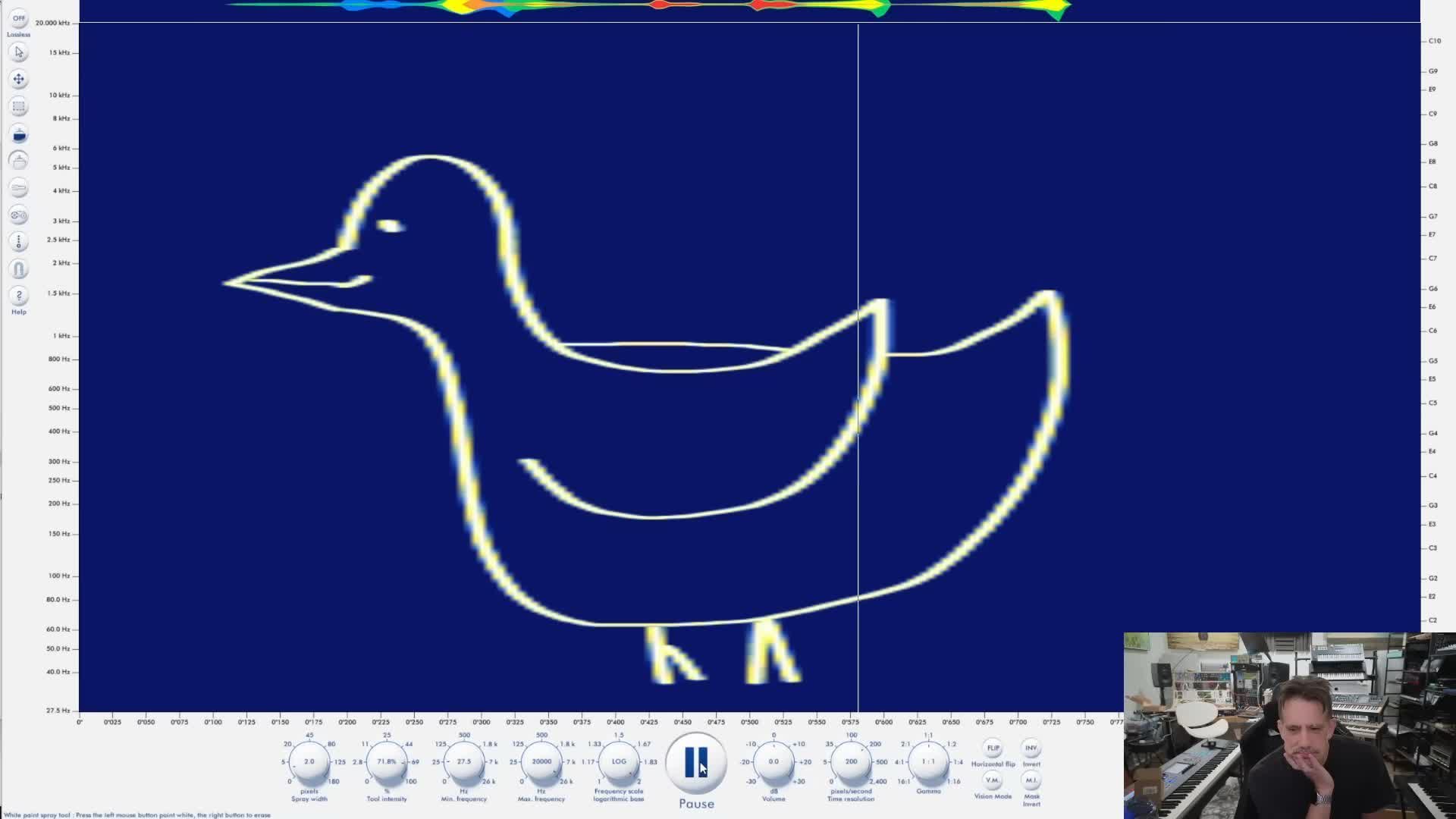WTF?! While researchers previously theorized that homing pigeons could transport data faster than gigabit internet in certain scenarios, a birder recently explored how birdsong might store and reproduce data. More research is needed to fully explore the phenomenon, but the possibilities are intriguing.
A recent YouTube video from birder Benn Jordan explains how a songbird retained and reproduced information from a PNG image file, theoretically enabling data transfers reaching 2 MB/s. The feat is possible due to a starling's unique ability to mimic sounds.
The European starling, also known as the common starling, is one of the most intelligent bird species. Its capacity to retain and mimic what it hears has been noted over centuries by figures including Pliny the Elder, Shakespeare, and Mozart. When Jordan discovered YouTube clips showcasing the unique audio repertoire of a starling called The Mouth, he decided to determine whether it could retain and reproduce image data encoded in sound.
According to content creator and animal rescuer Sarah Tidwell, who found The Mouth on the side of a road, the bird left its nest at an early age due to distress from nearby train traffic and has since displayed an unusual vocal range, even for its species. Tidwell's YouTube channel shows the bird making a range of sounds eerily similar to human voices and electronics. For example, it is particularly fond of and skilled at mimicking the iPhone's camera snap sound.
To test his theory, Jordan drew a picture of a bird in a spectral synthesizer, recorded the resulting noise, and played it back for The Mouth. Amazingly, the picture reappeared in a spectral analysis of the bird's vocalizations at the same frequency at which it was played, resulting in a lossless transfer of approximately 176 KB of data.
While many caveats are involved, standard compression and file transfer protocols could theoretically extrapolate the bandwidth to 2 MB/s. The experiment could open the door to deeper exploration of the common starling's memory and vocal capabilities.
The rest of Jordan's video contains useful information about how to set up digital recording equipment to catalogue, upload, and explore birdsong in various residential areas throughout the US. Notably, new devices have made the process significantly cheaper in recent years, potentially making birding more accessible than ever.

